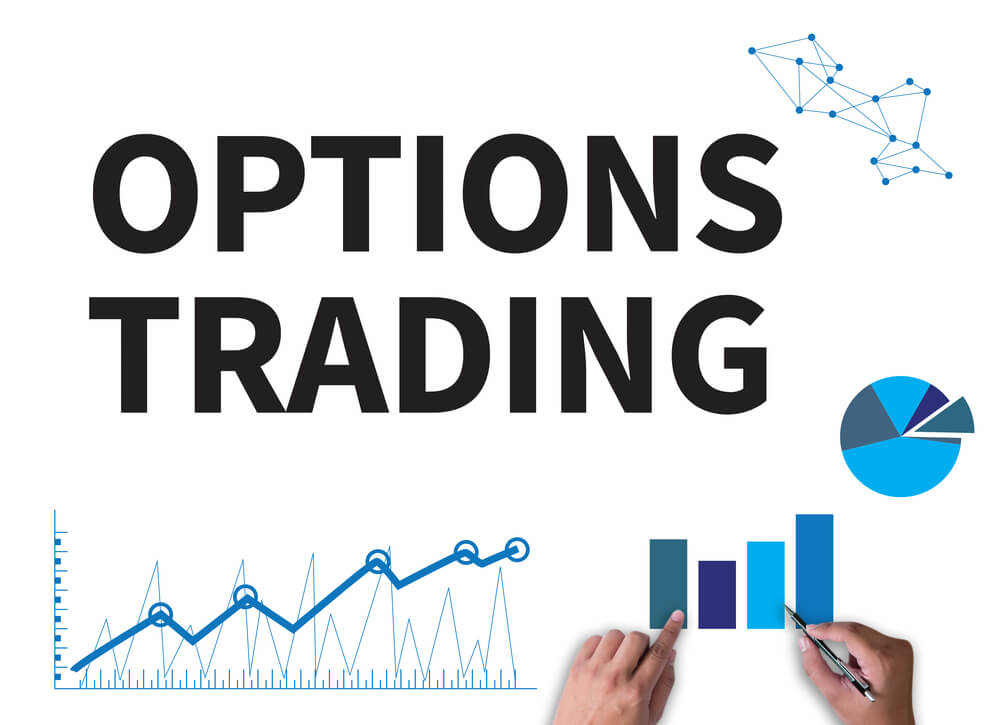There are many kinds of derivatives in the market. And among
the most popular ones are options contracts. Just like many derivatives, their price
is derived from an underlying asset.
An option is a contract involving two parties where there’s a
buyer (holder) who buys the right (but not obligation) to buy or sell units of
an underlying asset at a predetermined price from/to the options seller (writer)
within a fixed period of time.
How do we simplify that definition?
Well, in simple words, options are a financial instrument for
people who don’t like investing heavily on a particular security. In its most basic form, it’s an agreement between
two parties to sell or buy the right to an underlying asset.
When you use options, you can practice various strategies
with different risk levels and profit potentials, paving the way for hedging
and speculative trading opportunities for yourself.
Difference of Options and Stocks
In order to further illustrate what options are, let’s
compare them to other asset classes. Let’s use stocks for comparison.
Unlike stocks, options have an expiration date, which can
last for weeks, months, or years, depending on the regulations and type of
option contract you have. After the expiration
date, the contract is basically useless.
You can gain some profits from a drop in the price of the
underlying asset. To go further, you can
profit from any direction the market is taking, again depending upon the
position or strategy you are holding. Though this is also possible in the stock
market, it’s quite tricky and not every stock can be shorted.
Types of Options
There are really only two types of options. They are the call options and put options,
and all the others are just a combination of these two and strategies.
A call option is a contract
to buy an underlying stock on the or before its expiration date. At the time of purchase, you can pay an amount
of premium to the seller. This premium
grants you the right but not the obligation to buy the underlying asset at a
predetermined price.
Meanwhile, a put option is a contract to sell an underlying
stock on or before its expiration date. buying a put option means you are not
so bullish about the market and you’re looking to find the price of the
underlying asset going down.
READ FURTHER: Futures and Options: A Quick Comparison
Strike Price
The strike price refers to the price at which the underlying
asset can be bought or sold as per the contract.
The strike price for a call option tells the price at which
the stock can be bought on or before its expiration. For put options, the strike price refers to the price at which
the seller can sell the underlying asset on or before the contract’s
expiration.
Conclusion
Options are appealing financial instruments for traders because
of the higher returns and fewer risks it gives.
However, it should be noted that it also carries unique disadvantages of
its own, and they should not be ignored or downplayed in any way.
You can also compare it with other kinds of derivatives like
futures or CFDs. And while you’re at it, why not check other alternativeinvestments? A combination of these can diversify your portfolio in many ways.
FSMSmart is here to provide you with the latest news updates about market trends. Never miss out on news regarding forex, commodities, consumer, financial, and technology here in FSMSmart!





